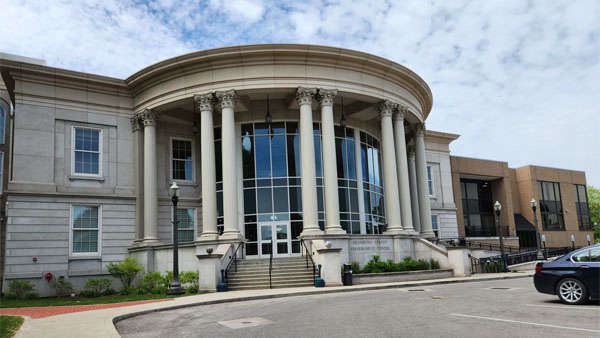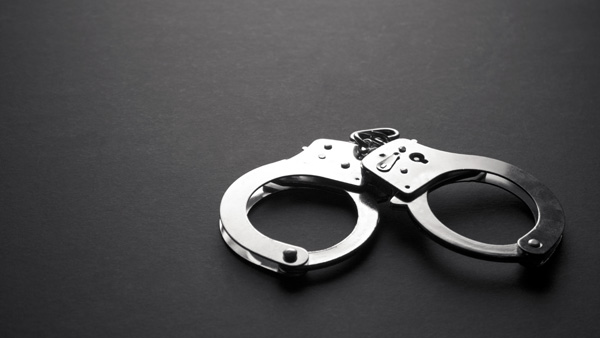This week, the Indiana Department of Homeland Security celebrates Radiation Awareness Week.

(Indianapolis, Ind.) - As every Marvel fan knows, the Incredible Hulk got his superpower from gamma radiation, and Spider-Man got his from a radioactive spider bite. But that doesn’t mean it’s a good idea to take unnecessary risks when exposed to potential radiation.
The Indiana Department of Homeland Security (IDHS) encourages Hoosiers to identify the common misconceptions about radiation and learn more about its role in everyday life as part of Radiation Awareness Week (Feb. 16-22).
“Movies and TV shows often misconstrue the reality of how radiation actually works,” said Kaci Studer, radiation programs director for the Indiana Department of Homeland Security’s (IDHS) Radiological Emergency Preparedness (REP) program.
According to the International Atomic Energy Agency (IAEA), most radioisotopes are artificially produced in research reactors and accelerators. However, out of more than 3,000 known existing radioisotopes, 84 of them occur naturally in nature. Additionally, specific types of radioisotopes are prevalently used in the medical and industrial fields.
“Radiation has tons of positive uses in our everyday life,” Studer explained. “It is nothing to be afraid of, so long as you understand and respect it.”
Disposing of radioactive material is an intricate and thorough process. Materials with radioisotopes sent to Indiana landfills from hospitals, industries and the environment are passed through radiation scanners as they travel towards its destination.
“Anytime these scanners go off, we have to go out to its location and investigate it,” said Angela Cloutier, REP coordinator for IDHS. “Any type of radiation detected needs to be identified in order to confirm it is not a health risk and dispose of it safely.”
Radioisotopes from medical waste and construction rubble are common and safe to deposit into landfills as they have a short half-life. Materials with radioisotopes containing a longer half-life; however, are required to be sent back to wherever they were shipped from, even if it came from outside the state of Indiana.
“It is very uncommon to come across concerning radioisotopes during these investigations,” Cloutier said. “But, they are important to do, as we want to ensure all types of radioactive materials are properly disposed of and incapable of harming the environment or public health.”
To learn more about the different types of radiation and the impacts it has on human health, visit https://emergency.cdc.gov/radiation/.
For more information on the REP program at IDHS, visit https://www.in.gov/dhs/3523.htm.

 Dearborn County Comprehensive Plan Public Workshop Planned for July 24
Dearborn County Comprehensive Plan Public Workshop Planned for July 24
 4th of July Celebrations in Eagle Country
4th of July Celebrations in Eagle Country
 Full Day of Fun Scheduled at City of Greendale 4th of July Celebration
Full Day of Fun Scheduled at City of Greendale 4th of July Celebration
 Dearborn Co. 4-H, Clearinghouse Teaming to Fill the Van
Dearborn Co. 4-H, Clearinghouse Teaming to Fill the Van
 Former Washington Township Trustee Arrested for Theft and Official Misconduct
Former Washington Township Trustee Arrested for Theft and Official Misconduct
 Aurora Police Launch New Drone Program
Aurora Police Launch New Drone Program













